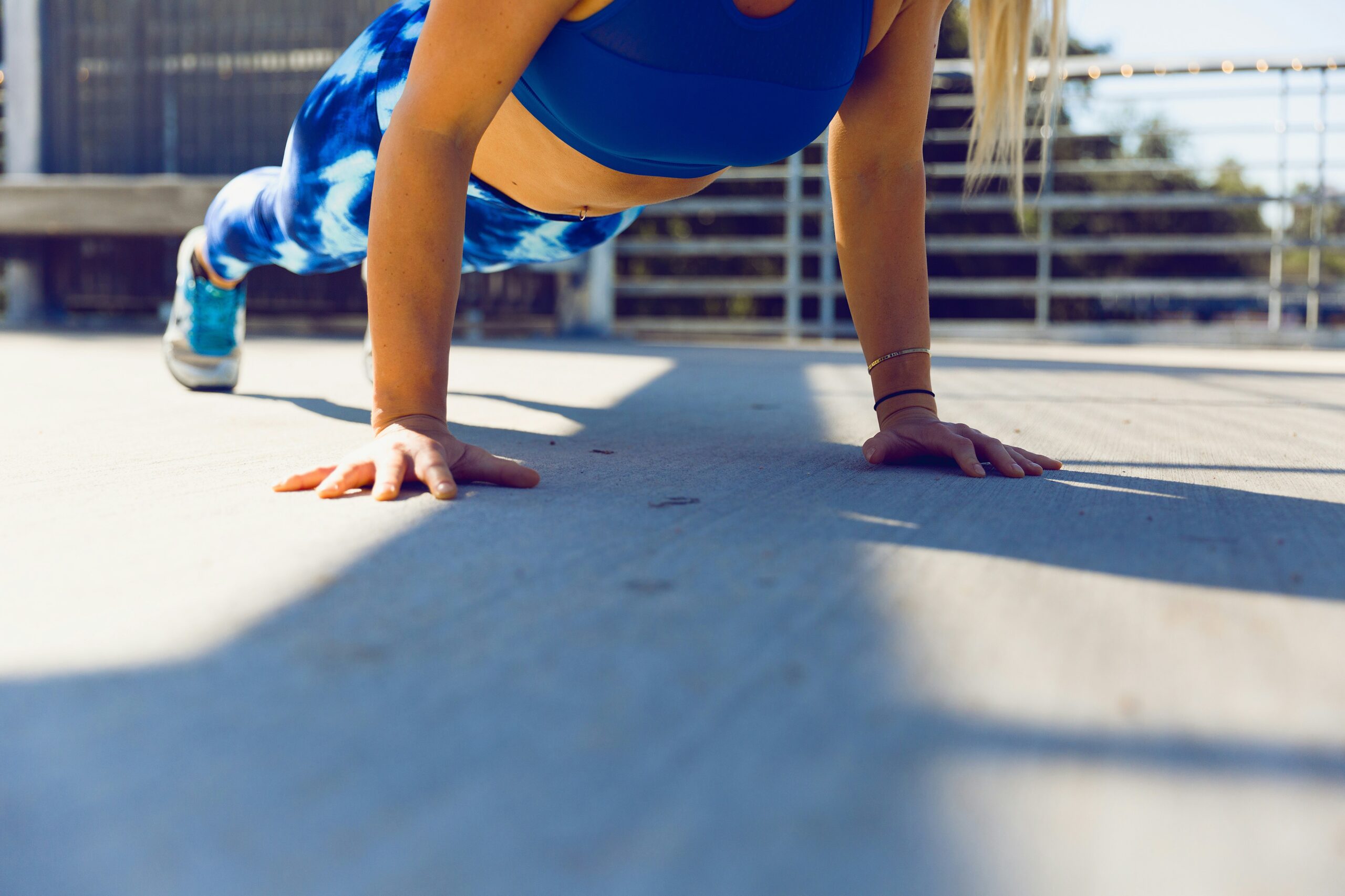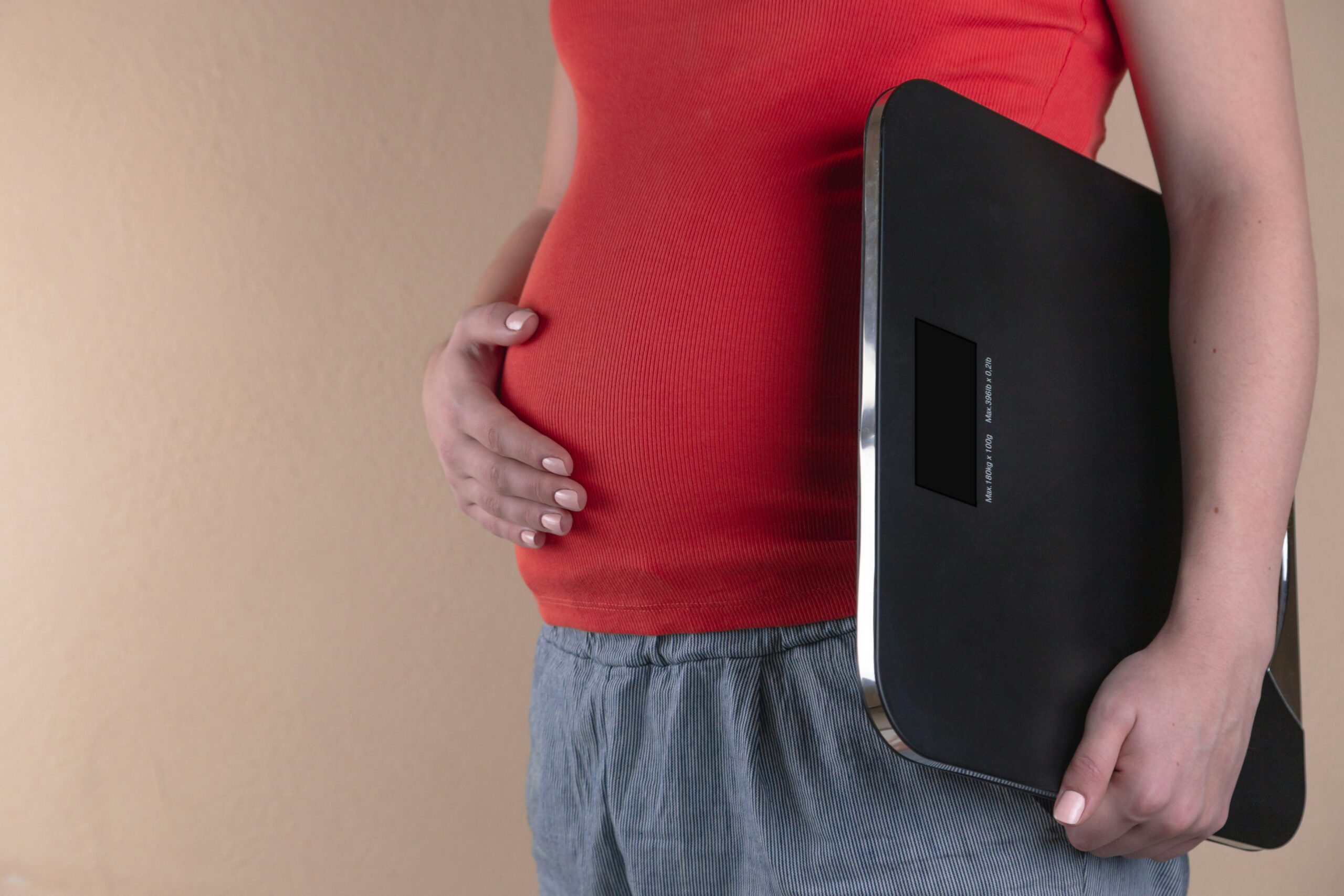If you’re looking to trim down your body fat without seeing a drop in the numbers on the scale, you’re in the right place. In this article, “How To Lose Body Fat Without Losing Weight,” you’ll discover the secrets to achieving a leaner physique through balanced nutrition, strength training, and smart lifestyle changes. You can expect practical tips and easy-to-follow advice that will help you tone up and improve your health without sacrificing muscle mass or energy. Get ready to transform your body and boost your confidence, all while maintaining your weight! Have you ever wondered if you can lose body fat without seeing the number on the scale go down? It’s a common misconception that losing body fat always means losing weight. The truth is, you can indeed trim down fat while maintaining your weight, which is often a more sustainable approach leading to long-term health benefits. Let’s dive into how you can achieve this.
Understanding Body Composition
What Is Body Composition?
Body composition refers to the percentages of fat, bone, water, and muscle in your body. Unlike the scale, body composition provides a more detailed picture of your overall fitness. By focusing on body composition, you can aim to lose fat and maintain or even gain muscle mass.
Why Focus on Body Fat?
There are several reasons why focusing on body fat rather than overall weight is beneficial. For starters, muscle is denser than fat. As you build muscle and lose fat, your body’s appearance and how you feel can drastically improve, even if your weight remains the same. This shift also leads to better health outcomes like improved metabolism, reduced risk of chronic diseases, and increased strength and endurance.
The Science Behind Losing Fat, Not Weight
The Role of Calories
To lose body fat, you need to be in a calorie deficit, but it’s crucial how you achieve this. Drastic calorie cuts can lead to muscle loss, which is not what we’re aiming for. Instead, a modest calorie deficit combined with the right types of exercise can help you lose fat while maintaining muscle mass.
Muscle Versus Fat
As we mentioned, muscle is denser than fat. When you replace fat with muscle, you may find that you look slimmer and fitter despite no significant change on the scale. This muscle mass also increases your Basal Metabolic Rate (BMR), meaning you burn more calories at rest.
Effective Strategies To Lose Fat Without Losing Weight
Nutrition
Eat Protein-Rich Foods
Protein is vital for building and maintaining muscle. Aim to include high-quality protein sources in your diet like eggs, fish, lean meats, beans, and nuts.
Dietary Protein Sources
| Food Item | Protein Content (per serving) |
|---|---|
| Chicken Breast | 30g |
| Eggs (2 large) | 12g |
| Lentils (1 cup) | 18g |
| Tofu (3 oz) | 8g |
Balanced Macronutrients
A balanced diet with the right ratio of protein, fats, and carbohydrates is essential. Carbs should primarily come from whole grains, fruits, and vegetables, while fats should be healthy sources like avocado, olive oil, and nuts.
Exercise

Strength Training
Strength training is key to building muscle. Include exercises like squats, deadlifts, and bench presses in your routine. Aim for at least three strength training sessions each week.
High-Intensity Interval Training (HIIT)
HIIT workouts can be incredibly effective for fat loss. These workouts usually last around 20-30 minutes and include short bursts of intense exercise followed by periods of rest.
Lifestyle Changes
Sleep
Getting enough sleep is crucial. Aim for 7-9 hours per night to give your muscles time to recover and grow. Good sleep also helps in maintaining hormonal balance, which is essential for fat loss.
Stress Management
High stress can lead to the production of cortisol, a hormone that’s linked to weight gain and fat accumulation. Practice stress-relieving activities like yoga, meditation, or even just a daily walk to keep cortisol levels in check.
Monitoring Your Progress
Use a Tape Measure
Instead of relying solely on the scale, use a tape measure to track changes in your body dimensions. Measure areas like your waist, hips, chest, and thighs to get a better picture of your progress.
Body Area Measurements
| Body Part | Starting Measurement | Measurement After 4 Weeks | Measurement After 8 Weeks |
|---|---|---|---|
| Waist | 34 inches | 32 inches | 30 inches |
| Hips | 40 inches | 38 inches | 36 inches |
| Chest | 38 inches | 36 inches | 35 inches |
Body Fat Percentage
Consider getting regular body fat percentage measurements. Tools like bioelectrical impedance scales or getting a professional DEXA scan can offer an accurate assessment of your body composition.
Common Pitfalls and How to Avoid Them
Overemphasizing Cardio
While cardio is good for your heart and overall health, too much can lead to muscle loss. Make sure your exercise regimen includes a balanced mix of strength training and cardio.
Unrealistic Expectations
Fat loss is not a quick process. Set realistic goals and be patient. Small, consistent changes are likely more sustainable and effective in the long run.
Ignoring Nutrition
No amount of exercise can make up for a poor diet. Ensure you are eating balanced, nutritious meals that support your fat loss goals while helping you maintain muscle.
Real-Life Success Stories
Sarah’s Transformation
Sarah wanted to improve her fitness without losing weight as she aimed to maintain her athletic performance. She focused on strength training, incorporated more protein into her diet, and managed her stress levels through yoga. Over six months, she lost 10% body fat, gained muscle, and felt better than ever.
James’ Journey
James prioritized HIIT workouts and switched to a balanced diet with healthy fats, proteins, and carbs. By tracking his body measurements and body fat percentage, he remained motivated and saw significant changes in his physique without losing any weight on the scale.
Conclusion: Your Personalized Plan
Achieving the goal of losing body fat without losing weight is entirely possible with the right approach. Focus on strength training, balanced nutrition, and lifestyle changes like adequate sleep and stress management. Measure your progress using tools beyond the scale, such as body measurements and body fat percentage. Stay patient, set realistic goals, and make small, consistent changes. You’ve got this!




